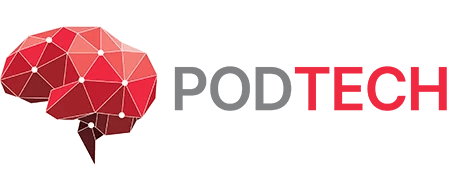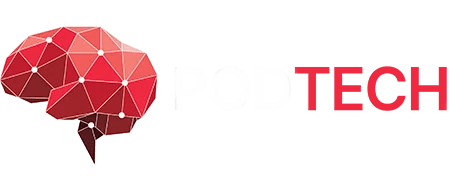Software Maintenance: Ensuring Longevity and Reliability of Your Digital Assets
In the dynamic world of technology, the significance of software maintenance is often underrated. It’s not just about fixing bugs but ensuring that your software continues to function efficiently, adapts to new environments, and meets users’ evolving needs. Let’s dive into the intricacies of software maintenance, uncovering its types, challenges, best practices, and its pivotal role in the lifecycle of software development.
Types of Software Maintenance
Software maintenance can be broadly categorized into four types, each serving a distinct purpose:
Corrective Maintenance
This involves fixing bugs and errors discovered during the use of the software. It’s reactive maintenance to correct identified defects.
Adaptive Maintenance
As external conditions change, such as operating systems or hardware upgrades, adaptive maintenance ensures the software remains compatible and functional.
Perfective Maintenance
This proactive approach involves updating and improving the software to enhance performance or add new features, based on user feedback and requirements.
Preventive Maintenance
Aimed at foreseeing and fixing potential issues before they become problems, preventive maintenance includes code optimization and documentation updates to prevent future problems.
The Lifecycle of Software Maintenance
Maintenance is an integral part of the software development lifecycle (SDLC), extending far beyond the initial release. It begins post-deployment and continues until the software is retired. Effective maintenance can significantly extend the software’s life and ensure its relevance and efficiency.
Challenges in Software Maintenance
Maintaining software is no small feat. It involves tackling legacy systems that may no longer have support or documentation, managing accumulated technical debt, and staying ahead of rapid technological advancements. These challenges require a strategic approach and continuous effort to ensure software reliability and security.
Best Practices for Effective Software Maintenance
Adopting best practices such as thorough documentation, implementing automated testing, and embracing continuous integration and deployment (CI/CD) can significantly ease the maintenance process. These practices not only facilitate easier updates and fixes but also ensure a more robust and reliable software product.
Cost Considerations in Software Maintenance
While often perceived as a grudge purchase, software maintenance is a critical investment in your software’s longevity and reliability. Budgeting for maintenance involves understanding potential costs and allocating resources wisely to ensure your software remains in top-notch condition without breaking the bank.
The Role of Software Maintenance in Security
Regular updates and maintenance are crucial for security. Addressing vulnerabilities through patches and updates can protect your software from potential threats and breaches, underscoring the importance of maintenance in cybersecurity strategies.
Software Maintenance Tools and Technologies
A plethora of tools are available to aid in software maintenance, from code analyzers to automation tools. Additionally, emerging technologies like AI and machine learning are revolutionizing maintenance practices, offering predictive capabilities and enhanced efficiency.
Future Trends in Software Maintenance
The future of software maintenance is bright, with trends like AI-driven predictive maintenance and increased emphasis on automation shaping the landscape. These advancements promise to make maintenance more efficient, predictive, and less resource-intensive.
Conclusion
Software maintenance is a critical, ongoing process that ensures software remains efficient, secure, and relevant. Embracing best practices, leveraging the right tools, and understanding the evolving landscape of software maintenance can help organizations maximize their software investments.
FAQs
What is software maintenance?
Software maintenance involves updating, optimizing, and fixing software post-deployment to ensure its continued efficiency and relevance.
How often should software be updated?
The frequency depends on various factors including the type of software, user feedback, and emerging security threats. Regular assessments are key.
Can software maintenance improve performance?
Yes, through perfective and preventive maintenance, software performance can be significantly enhanced.
How can companies budget effectively for software maintenance?
By understanding maintenance costs, prioritizing maintenance activities, and using efficient maintenance strategies and tools.
What are the future trends in software maintenance?
AI and machine learning in predictive maintenance, automation, and the integration of new technologies to streamline maintenance processes.

